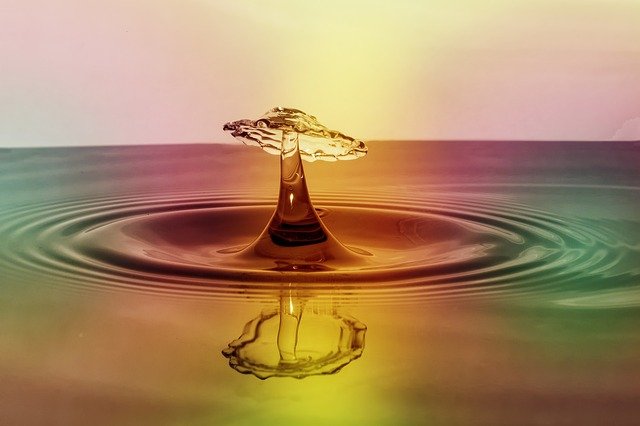New York, NY - February 1, 2018 - New York Attorney General Eric T. Schneiderman issued the following statement today in response to the rule announced by the U.S. Environmental Protection Agency and Army Corps of Engineers that suspends the applicability of the Clean Water Rule for two years, and replaces it with the confusing, outdated regulations that had been in place prior to the Rule:
“The Trump Administration’s suspension of the Clean Water Rule threatens to eliminate protections for millions of miles of streams and acres of wetlands across the country. Make no mistake: abandoning the Clean Water Rule will mean pollution, flooding, and harm to fish and wildlife in New York and across the country — undermining decades of work to protect and enhance our water resources. It will also force states like New York to spend more to clean up the pollution from upstream states that refuse to properly safeguard their waters.
The Clean Water Rule is a common sense application of the law and the best science to protect our waters. The Trump Administration’s suspension of these vital protections is reckless and illegal. That is why I will lead a multistate coalition that will sue to block this rollback in court.
Over the last year, we have not hesitated to fight back against the Trump Administration’s assault on the law and New Yorkers’ fundamental right to clean water, air, and environment. We won’t stop now.”
Background
In April 2014, the EPA and the Army Corps proposed the Clean Water Rule to define the “waters of the United States,” and made the rule available for an extended public comment period. After receiving over one million comments, most of which supported the rule, the Agencies published the final Clean Water Rule on June 29, 2015. A coalition of eight Attorneys General – led by Attorney General Schneiderman – successfully intervened to defend the Rule in litigation challenging it in the United States Court of Appeals for the Sixth Circuit.
The Clean Water Rule clarifies the scope of waters that are protected under the Clean Water Act. It protects waters with a “significant nexus” to downstream waters, such as tributary streams, wetlands, and open waters in floodplains and riparian areas, consistent with Supreme Court precedent. In drawing those lines, EPA and the Army Corps relied on a robust EPA science report that reviewed more than 1,200 peer-reviewed publications. The agencies also relied on an independent review of the science report by EPA’s Science Advisory Board.
The Clean Water Rule enhances environmental protection benefits enjoyed by states and the public by clearly defining the Clean Water Act’s reach to include waters that significantly contribute to the quality of the nation’s waters. By clarifying the scope of the Act, the Clean Water Rule also benefits both regulators and the regulated communities by reducing time-consuming, inefficient, and potentially inconsistent case-by-case jurisdictional determinations that have hampered effective implementation of the Clean Water Act for years and led to significant, time-consuming litigation across the country.
The rule announced today by the Trump EPA and the Army Corps effectively repeals the Clean Water Rule by suspending its applicability for two years, and replacing it with the regulations – dating back to at least 1980 – that had been in place prior to the Clean Water Rule. It was these outdated rules that had led to years of confusing and inconsistent interpretations of “waters of the United States” by agencies and federal courts.










